Sonata (score & parts) - CL/BSN
Composer: Poulenc, Francis
Publisher: Jeanne Inc.
Edition: 62313
$11.95
Sonata
for clarinet and bassoon
by Francis Poulenc (1899-1963) - French composer and pianist
Francis Jean Marcel Poulenc (1899 – 1963) was a French composer and pianist. He grew up in a musical household; his mother, Jenny, was a capable pianist, with a wide ranging repertoire. As the younger child and only son, Francis was encouraged to follow a career in business and was not permitted to enroll at a music college. However, after the death of his parents when he was still in his teens, Ricardo Vines, his piano instructor, became his mentor. Vines encouraged his pupil to compose, and later gave the premiere performances of three early works by Francis. Through him, Francis became friends with two other composers, Georges Auric and Eric Satie, who helped shape his early development.
Early in his career, Poulenc expressed a concern about at his lack of formal musical training. At the suggestion of Milhaud, Poulenc began studies with the composer and teacher Charles Koechlin, emphasizing counterpoint. During this period, Poulenc composed three chamber wind works: the Sonata for Two Clarinets (1918), the Sonata for Clarinet and Bassoon (1922) and the Sonata for Horn, Trumpet and Trombone (1922).
About these works Poulenc wrote: “Concerning my first three wind sonatas, their existence is due, without a doubt, exclusively to my instinct. Clearly, they are youthful works, and calling them sonatas might surprise certain people because of their restrained dimensions, but we must not forget that Debussy had just revived the tradition of the eighteenth-century French sonata, as a reaction against the post-Franckian sonata. Well-written for winds, these sonatas maintain a certain youthful vitality that links them to Dufy’s early canvasses.”
The Jeanne publication contains both a full score, usable for early rehearsals and score study, but also individual parts for clarinet and for bassoon that limit page turns to only between movements or during multimeasure rests. The edition is edited by John Anderson.
Grade 8
Duration: 6:30
for clarinet and bassoon
by Francis Poulenc (1899-1963) - French composer and pianist
I. Allegro
II. Romance
III. Final
Francis Jean Marcel Poulenc (1899 – 1963) was a French composer and pianist. He grew up in a musical household; his mother, Jenny, was a capable pianist, with a wide ranging repertoire. As the younger child and only son, Francis was encouraged to follow a career in business and was not permitted to enroll at a music college. However, after the death of his parents when he was still in his teens, Ricardo Vines, his piano instructor, became his mentor. Vines encouraged his pupil to compose, and later gave the premiere performances of three early works by Francis. Through him, Francis became friends with two other composers, Georges Auric and Eric Satie, who helped shape his early development.
Early in his career, Poulenc expressed a concern about at his lack of formal musical training. At the suggestion of Milhaud, Poulenc began studies with the composer and teacher Charles Koechlin, emphasizing counterpoint. During this period, Poulenc composed three chamber wind works: the Sonata for Two Clarinets (1918), the Sonata for Clarinet and Bassoon (1922) and the Sonata for Horn, Trumpet and Trombone (1922).
About these works Poulenc wrote: “Concerning my first three wind sonatas, their existence is due, without a doubt, exclusively to my instinct. Clearly, they are youthful works, and calling them sonatas might surprise certain people because of their restrained dimensions, but we must not forget that Debussy had just revived the tradition of the eighteenth-century French sonata, as a reaction against the post-Franckian sonata. Well-written for winds, these sonatas maintain a certain youthful vitality that links them to Dufy’s early canvasses.”
The Jeanne publication contains both a full score, usable for early rehearsals and score study, but also individual parts for clarinet and for bassoon that limit page turns to only between movements or during multimeasure rests. The edition is edited by John Anderson.
Grade 8
Duration: 6:30

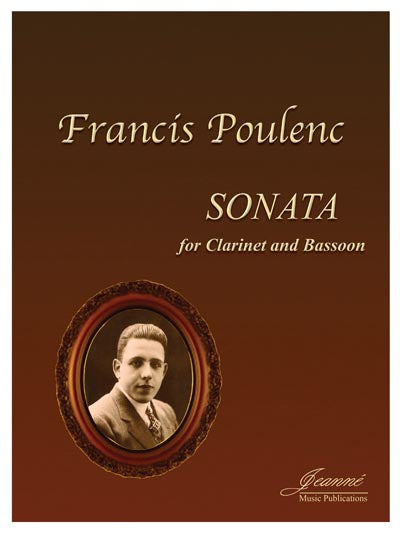
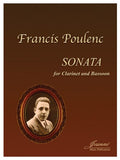
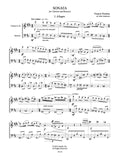
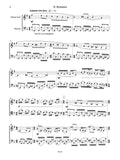
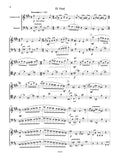
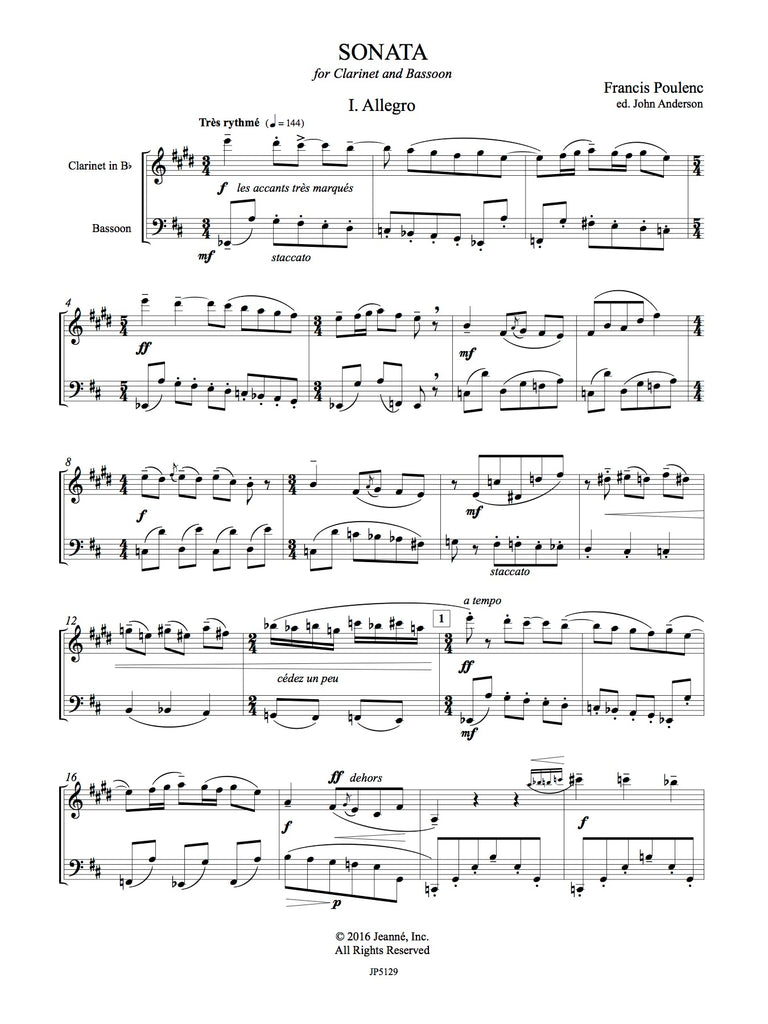
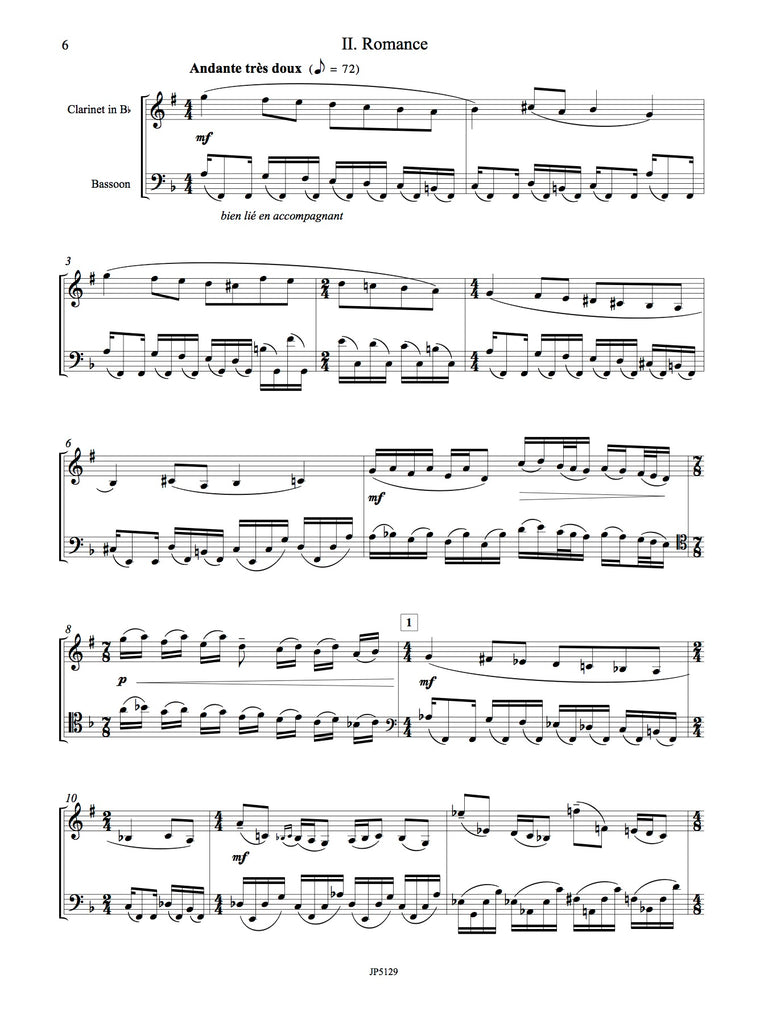
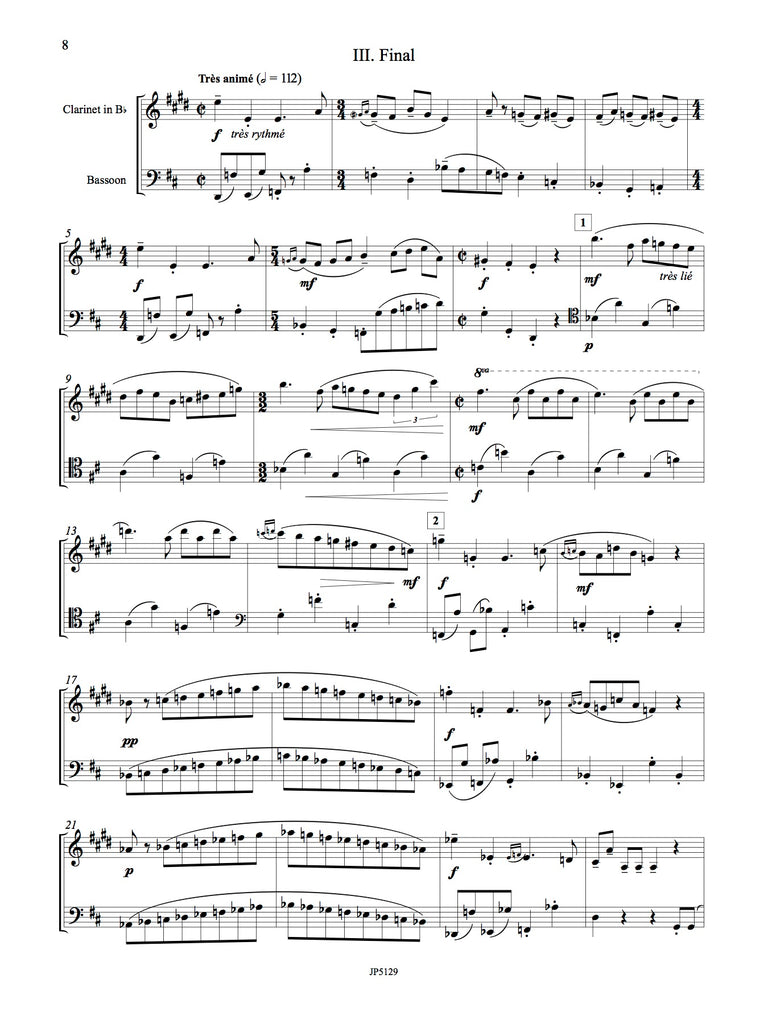
Share this item: